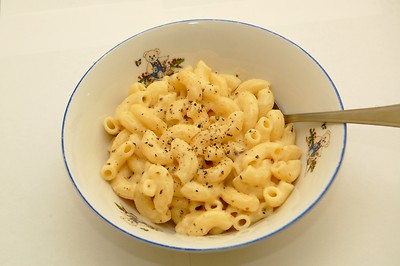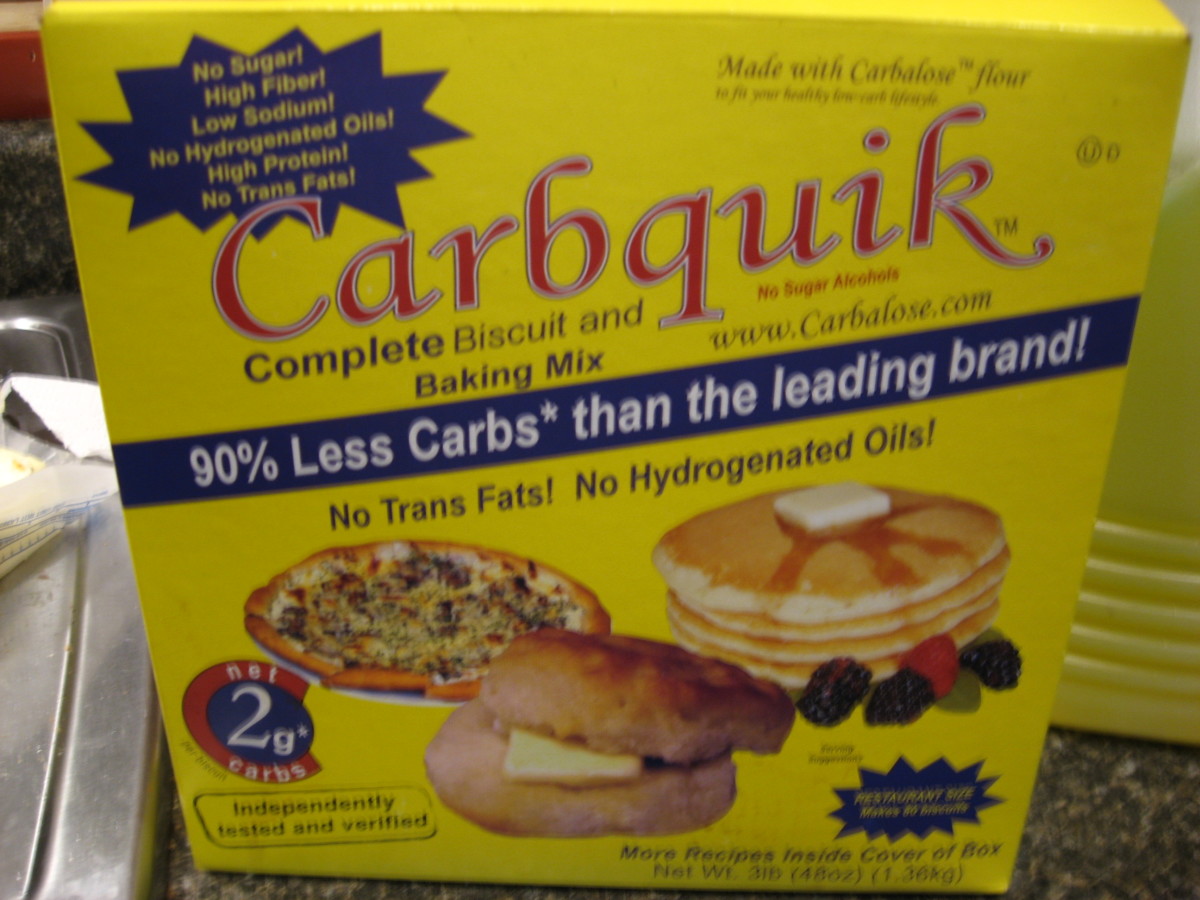Low Fat and Reduced Fat-What's The Difference?

Low Fat or Reduced Fat
Is there any difference in foods that are described as low fat or reduced fat?
It appears that there is. When we are purchasing our food,it might seem we are buying some items that have different content of fats. if we don't understand the difference between low fat and reduced fat.
People who are looking to lower their intake of fat certainly need to know the difference.In the UK, the daily recommended intake of fat is 75g for women and 95g for men-when you fully realise how much fat is contained a serving of certain foodstuffs, you will be able to see the difference it makes to your maximum daily allowance.
Fats Comparison
Low Fat
In the UK the law simply states that your food products that are labelled low-fat, should contain no more than 3g of fat in every 100g of fat.
It is slightly different for fluids where they should have no more than 1.5g of fat in every 100ml.An exception is semi-skimmed milk, which can have 1.8 g of fat per 100ml , and still be described as low fat.
Reduced Fat
The food products that are described as reduced fat need to only contain 30% less fat than the contents of the original product.
This is where many people may notice the difference.Cakes, cheese and butter already have fairly high fat content, so after a 30% reduction you may still consider this a high fat content compared to your recommended daily allowance.
Food Comparison
A good to compare the two types of fats in our diets is mayonnaise.
A typical brand of mayo contains around 80g of fat per 100g. Now the reduced fat version will only need to contain around 25g less fat to meet its requirements by law, and yet still containing more than 50% fat.
The low fat version of course would not contain more than 3g of fat for ever 100g, which is obviously a big difference.
The Department of Health considers foodstuffs that contain more than 20g of fat per 100g as high fat products.
Health and Nutrition
When you are purchasing the low fat and reduced fat food products it can be difficult to compare, and know exactly what fat contents are really beneficial to help you keep a healthy diet,but products labelled as such do point you int he right direction for a healthy diet.
Another thing to consider when buying these products is the quantity you actually eat , so it may benefit you to read the nutritional value of the low fat and reduced fat products.
More
- Which Nuts are Best for You?
If you enjoy eating nuts you may want to know which nuts are the healthiest nuts to eat. So which nuts are best for you? - I Never Promised You a Herb Garden-How Easy is it To...
A great deal of satisfaction can be gained from growing your own fruit and vegetables. But is it really that easy to grow your own, I don't think so.It is better to start of with easy veg to grow. - Should I Freeze Bread- Is it Bad For You
Bread is an important part of our life and people with allergies ca not tolerate bread. But when we freeze bread does this cause any problems to our gut.




